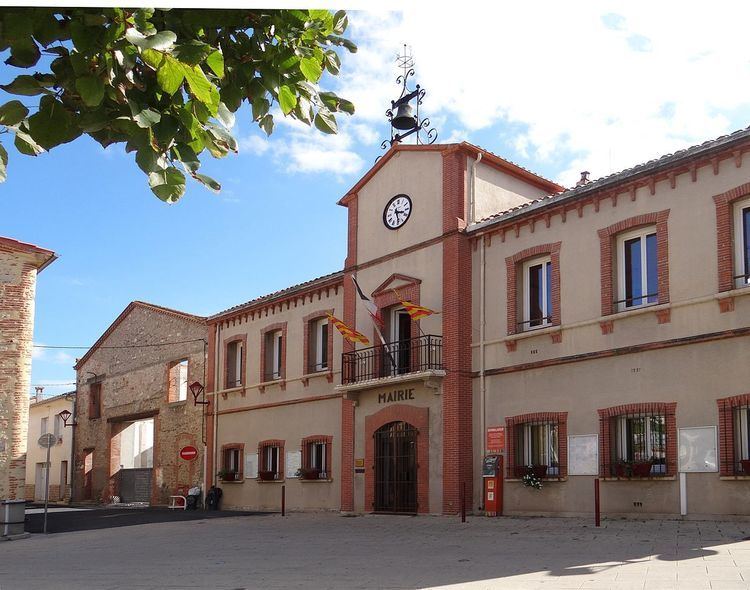Intercommunality CCSR Area 5.34 km² Population 3,133 (2010) | Region Occitanie Canton La Plaine d'Illibéris Time zone CET (UTC+1) Local time Monday 1:23 PM | |
 | ||
Weather 11°C, Wind N at 14 km/h, 90% Humidity | ||
Alénya (Catalan: Alenyà) is a commun in the Pyrénées-Orientales department in southern France.
Contents
Map of Al%C3%A9nya, France
The village is surrounded by wine fields. Apricot and peach are also grown here.
Localisation
Alénya covers an area of 5.34 km2 (2.06 sq mi), with 434 inhabitants per km². It is located about 10 km (6.2 mi) from Perpignan and borders the municipalities of Saint-Nazaire, Canet-en-Roussillon, Saint-Cyprien, Elne, Corneilla del Vercol, Théza, and Saleilles. Alénya has a Mediterranean climate.
Alénya is located in the canton of La Côte Radieuse and in the arrondissement of Perpignan.
History
Alénya was first inhabited by the Celts and was conquered by the Romans in c. 121 BC. It was first mentioned in 904 in a document mentioning towns on the Elne.
Before 1214 Alénya was only a small hamlet with little importance. That was the year its first church was built. A second church which still stands today was built in 1593. Among its attractions is a statue of the Virgin Mary from the fifteenth century.
Canton
In 1790, the commune of Alénya is included into the canton of Elne, then part of the Perpignan district. It is moved to the canton of East-Perpignan in 1801, before being included into the canton of Perpignan-3 in 1973 and, finally, into the canton of La Côte Radieuse in 1982. Following the French canton reorganisation which came into effect in March 2015, Alénya is now part of the canton of La Plaine d'Illibéris.
Population
The people of Alénya are called Alényanais.
